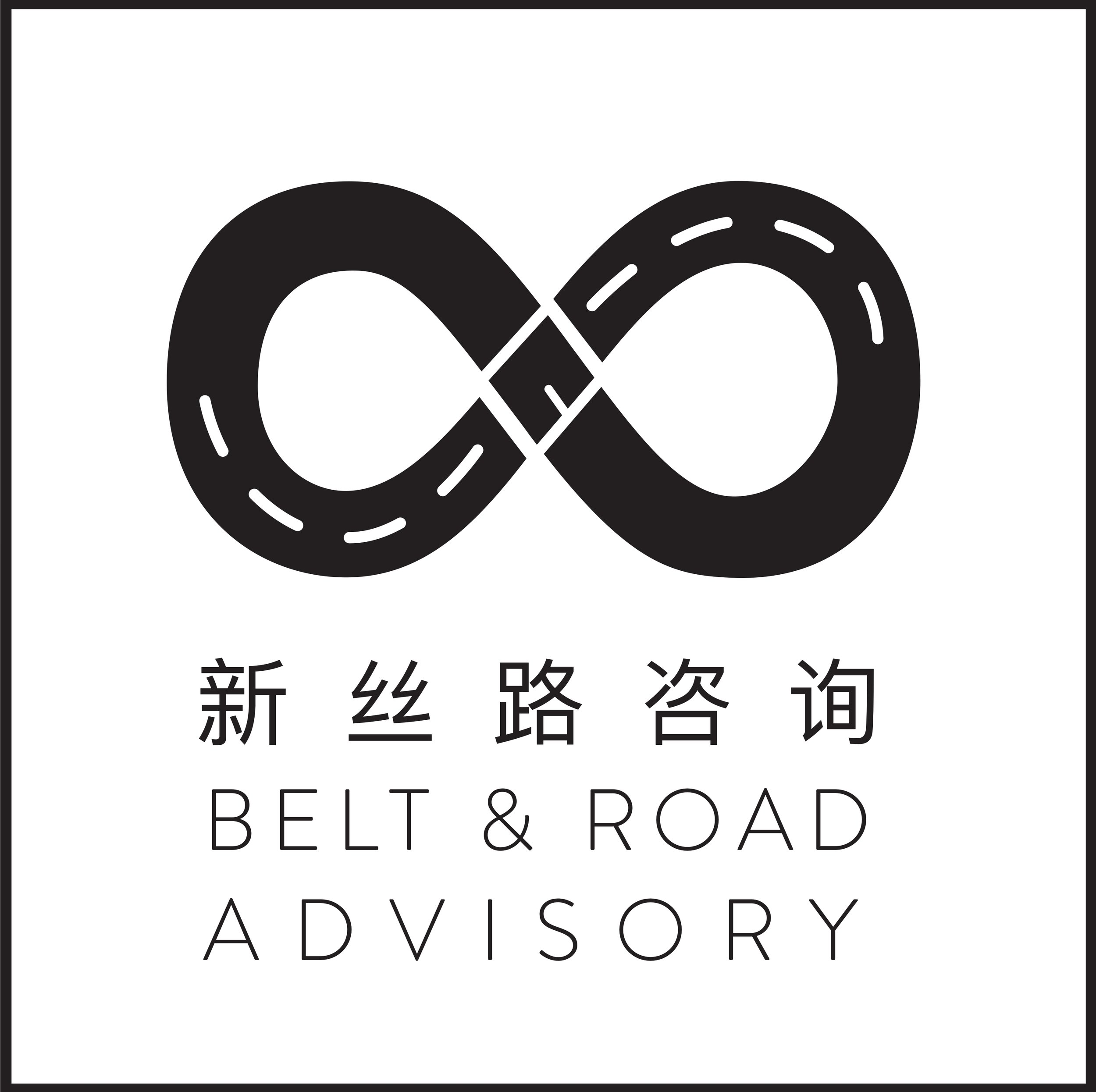How will China Shape the Legal Future of Belt and Road?
The road to hell is paved with good intentions. Such were the remarks of one of the world’s leading maritime lawyers in relation to the Belt and Road Initiative (BRI), and specifically in the context of BRI failing to appreciate and mitigate against legal and regulatory risks.
In a previous post, we looked at the case of the Belgrade-Budapest High-Speed Railway to highlight how BRI projects can be stalled through failing to appreciate legal and regulatory heterogeneity across countries. With many different stakeholders involved in a wide range of BRI projects, incidents of this sort clearly present a major obstacle to the initiative’s success.
Yet, whilst challenging, these obstacles are not insurmountable. BRI progresses through an evolutionary process, we’ve already seen its metamorphosis from an initiative solely focused on infrastructure to one which now also incorporates industry, tech, cultural and environmental components. The thinking behind BRI’s legal framework is no exception, and an acknowledgment of the said legal risks has now manifested itself in the creation of a variety of organisations devoted to thinking about this very issue.
We conducted a scoping of these related bodies and were impressed by how quickly efforts had progressed. Notably, a base for legal studies for BRI has been established at the University of International Business and Economics in Beijing. Affiliated with the China Law Society, the institution is the only base of the society devoted specifically to BRI research. According to deputy head of the Society Zhang Mingqi, the institution is set to “become a top think tank for pushing forward the [Belt and Road] Initiative and effectively coming up with solutions for the problems and risks faced by Chinese enterprises". Moreover, in June 2017, the All China Lawyers Association (ACLA) released a guidebook on investment laws for BRI projects. The guidebook covers 43 BRI countries and is funded by China’s Ministry of Justice; and is also complemented by a database of Chinese and foreign lawyers who have BRI expertise. A second guidebook is expected to be released by the end of the year.
Alliances between legal bodies across the globe have also been promoted. For example, in May 2017, the Law Society of Hong Kong coordinated a signing of the so-called “Hong Kong Manifesto” between 38 legal institutions from 22 BRI countries. It proposes to organise annual conferences to enhance the exchange of legal knowledge and, in cooperation with the ACLA, plans to establish a Belt and Road Lawyers Alliance.
In a similar fashion, Memoranda of Understanding between countries have been aggressively pursued as a means to foster legal exchange and collaboration. The ACLA signed MoUs with India, Laos, Mongolia, Poland, and Thailand. According to the agreements, the countries will intensify their legal cooperation on infrastructure and enterprise investments, financing, manufacturing, and information technologies. Moreover, affiliated agencies will be established between China and each of the said countries to provide major BRI projects with legal advice.
Domestically, there have been attempts to address the legal challenges of BRI. Trying to provide the domestic judiciary with a relevant framework for handling BRI related legal disputes, the PRC’s Supreme People’s Court released 8 “Belt and Road Typical Cases”. These were followed by the addition of 10 further cases in May 2017. The release of these cases is aimed at helping to solidify rulings on BRI cases made by Chinese courts. In a follow-up post we will feature an in-depth analysis of the “18 Belt and Road Typical Cases”, their influence on Chinese judicial rulings, and what the selection of these cases suggests about BRI.
While these developments show that the legal challenges around BRI have been recognised, it remains to be seen how effective they will be. In actual fact, legal disputes related to the BRI have “increased rapidly” with a 25% year on year increase in maritime disputes, according to He Rong, vice-president of the Supreme People's Court of China.
Another intriguing question currently being debated in China is whether Chinese law should govern BRI contracts in foreign countries. Up to now, most large overseas investments have been made under English law given its stability and widespread acceptance. In contrast, Chinese law remains in its infancy with limited widespread acceptance. Yet, the growing international expansion of Chinese construction companies acting under the banner of BRI has already pushed global engineering standards into becoming more Chinese, and there is a small yet growing body of thought in China that legal standards should follow suit.
This is a view held by one of China’s most prominent lawyers and President of the International Academy of the Belt and Road (IABR), Prof. Guiguo Wang. IABR recently published a book titled “The Dispute Resolution Mechanism for the Belt and Road” which puts forward a new system to “make up for the existing system and formulate a mechanism that can better reflect the culture, customs, traditions, legal systems and values of the countries along the Belt and Road”.
Indeed, from a pure perspective of efficiency, converting legal and regulatory heterogeneity into legal and regulatory homogeneity would ensure cross-border BRI projects face fewer obstacles going forward.
Yet, it will also invariably raise concerns of infringements of national sovereignty, especially given a deeper sense of mistrust surrounding BRI’s geopolitical ambitions.
Thus the choice facing the Chinese policymaker is twofold: accept legal heterogeneity, continue to improve efforts to bridge legal misunderstanding but accept that BRI projects will often stall or in the worst case fail given associated legal risks. The alternative is pushing a more Chinese based BRI legal framework that promotes legal homogeneity, therefore presenting fewer project-specific legal risks, but also risks a potential backlash due to fears of national sovereignty infringements. As of now, the government continues to test out both strategies and following Deng Xiaoping’s oft-cited proverb of crossing the river by feeling the stones.

